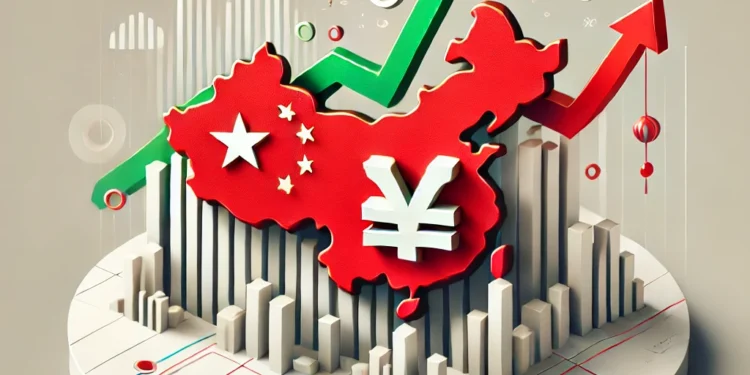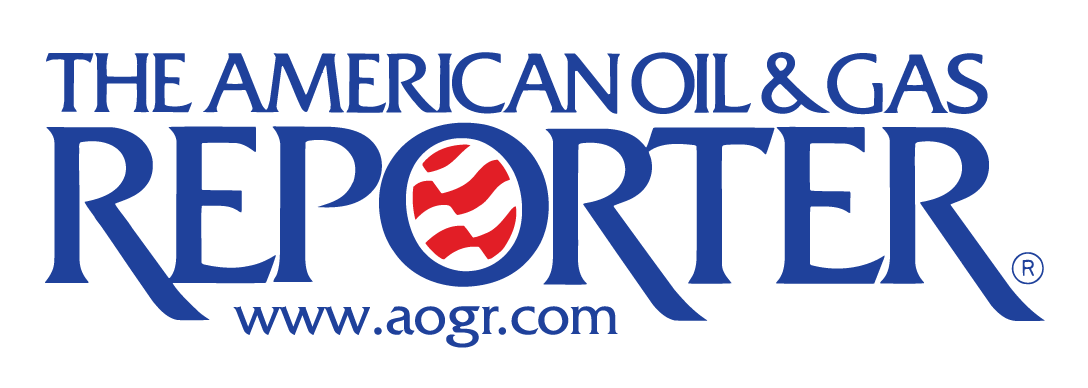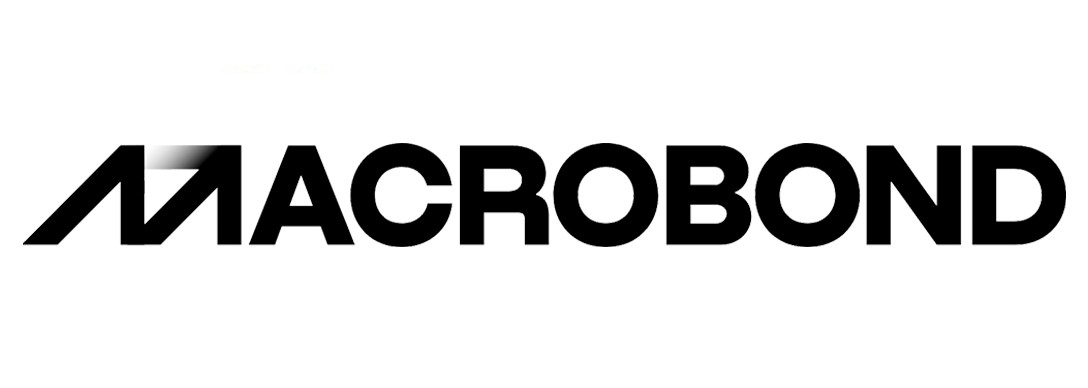China’s Central Economic Work Conference (CEWC) always draws global attention, but this year’s discussions hit a different tone—urgent yet pragmatic, forward-looking yet deeply cognizant of immediate challenges. The country is facing a pivotal moment, caught between stabilizing its domestic economy and weathering external shocks. The 2025 blueprint, as revealed, is ambitious but also unusually cautious, a reflection of the tightrope policymakers are walking.
Let’s break this down into tangible outcomes, starting with what we already know. China’s GDP growth for 2024 is expected to land at around 5%, driven by some positive developments in the second half of the year, including stronger export numbers and incremental gains in domestic spending. But 2025 is unlikely to tell the same story. Growth estimates are already being shaved down to around 4.0%-4.2%, according to Moody’s and others, reflecting ongoing property sector woes and a likely drag from potential new U.S. tariffs.

For a country that has leaned heavily on real estate as an economic engine for decades, the shift away from housing dependence is monumental. Nearly 60% of government revenue from land sales evaporated between 2020 and 2024—a stunning decline for local governments that were already stretched thin. The CEWC acknowledges this but is doubling down on a “stabilization-first” approach. Programs to ensure stalled home projects are completed—like the delivery of over 3.24 million housing units in 2024—are being scaled up. It’s a stopgap, not a long-term solution, but it’s what the moment demands.

On the fiscal front, China is preparing to stretch its toolkit. Ultra-long special treasury bonds, higher local government bond issuance, and an expanded fiscal deficit are all in the cards for 2025. This isn’t just about funding short-term consumption boosts; it’s also about addressing structural weaknesses like local government debt and the continued overhang in the property sector. Think of it as firefighting—urgent, necessary, but unlikely to reshape the broader growth picture. The CEWC’s plan to expand its trade-in subsidies for consumer goods—doubling to over RMB 300 billion—offers a window into this strategy. It’s targeted and designed to give an immediate jolt to consumer sentiment, which remains fragile at best.

But if fiscal policy is doing the heavy lifting, monetary policy is playing the quieter, supportive role. For 2025, the CEWC signaled a shift toward a “moderately easy” stance. It’s worth pausing here: this language has not been used since the global financial crisis, and it’s telling. Policymakers know they need to get credit flowing, especially to key sectors like high-tech manufacturing and green energy. The People’s Bank of China (PBoC) is expected to cut policy rates by another 30-40 basis points next year, following gradual reductions in the reserve requirement ratio (RRR). But here’s the rub: the real constraint is not the cost of capital—it’s the demand for it. With households saving at elevated rates and businesses reluctant to invest amidst uncertainty, rate cuts may have muted effects.

One of the most striking elements of this year’s CEWC is its candid acknowledgment of external risks. The specter of higher U.S. tariffs, likely to begin phasing in mid-2025, is an immediate and tangible threat. These could shave as much as 0.7 percentage points off GDP growth, an outcome that Beijing is clearly bracing for. The RMB’s controlled depreciation—likely 5-6% against the dollar next year—is being positioned as a shock absorber for these external pressures. But policymakers are cautious; they’re not using currency as a blunt tool, mindful of the risks of capital flight and destabilization.

Domestically, however, the CEWC has highlighted consumption as the centerpiece of its economic recovery strategy. It’s not hard to see why. Household consumption accounted for just 29% of GDP growth in Q3 2024, a steep drop from pre-pandemic levels of nearly 60%. The measures outlined—a mix of trade-in subsidies, expanded healthcare support, and possible childcare incentives—are aimed at boosting long-term confidence. But let’s be clear: this is no silver bullet. Structural issues like stagnating wage growth and the lingering effects of a years-long property market correction mean the path to recovery will be slow and uneven.

The bright spot, if we can call it that, is in manufacturing and industrial output. The CEWC’s focus on high-tech and green industries aligns with its broader vision of self-reliance, especially as tensions with the West show no signs of easing. Yet even here, the gaps are evident. Research and development (R&D) spending remains below 3% of GDP, and Beijing’s policy tools—while impactful—cannot substitute for the capital and expertise flowing out of the country as foreign firms continue to divest.
All of this points to an economy in transition. The CEWC’s messaging—measured, at times subdued—underscores that 2025 is about stabilization, not acceleration. Policymakers are betting on a mix of short-term fiscal boosts and long-term structural shifts to navigate the murky waters ahead. The question is whether this strategy will be enough to sustain confidence—in the markets, in households, and in Beijing itself. For now, the glass remains half full, but it’s fragile. The coming months will tell us whether it stays that way.













